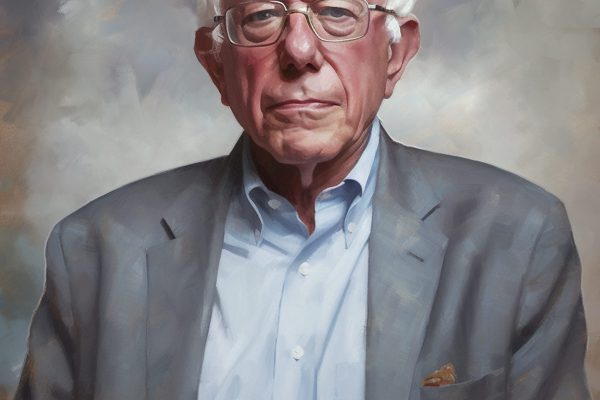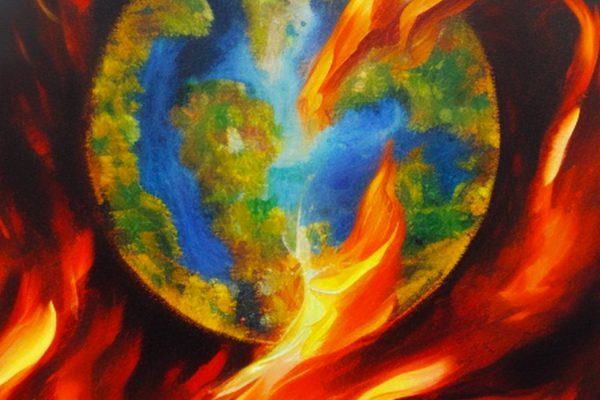Space has always occupied a special place in the human imagination. From the landscape of literature and movies to the realities of hard science, it carries heavy symbolic weight. Progress, mystery, loneliness, death — space has come to represent some of our most cherished ambitions and private fears. But maybe most of all its exploration has come to symbolize the relationship between two longstanding on-and-off rivals: Russia and the United States.
Americans had occasion to consider this connection last week when Vice President Mike Pence announced details for Space Force, a new branch of the U.S. military. Its purpose, Pence said, was to prepare the nation for warfare in zero gravity. What does this announcement say about the current relationship between U.S. and Russia? Put it this way: nothing good.
Space Force marks the most memorable expansion of the U.S. space program since 1961, when President John F. Kennedy announced the goal of putting a man on the moon. The Space Race, as that effort came to be known, was fueled by nationalism and military security, but it also sparked the American imagination. Even though the Space Race can’t be separated from the politics of the Cold War, it’s important to understand that it was a source of inspiration as much as it was a competition. People were excited about the prospect of scientific progress, and both the American and Soviet governments delivered stunning results.
Unlike the National Aeronautics and Space Administration (NASA), which was founded as a civilian agency by President Eisenhower in 1958, the Russian/Soviet space program always had a military orientation. Over the years, subject to the whims of different leaders and world events, the two space programs began to collaborate. (Their first shared effort was in 1975.) In the years since then, if astronauts and cosmonauts were working together in some way, that was usually a good sign that tensions were ebbing.
The two countries’ successful collaborations on the International Space Station and its predecessor, Mir, represent the peak of cooperation. Mir was launched when Ronald Reagan and Mikhail Gorbachev were in power, in the twilight of the Cold War. These days, American astronauts hitch a ride to space with Russian cosmonauts on Soyuz spacecraft. In ENDURANCE, Scott Kelly’s memoir about his year on the International Space Station, the retired astronaut describes the space station as a symbol for international cooperation and peace, but he also notes that the Russian crew was mildly estranged: the cosmonauts lived and worked on one side of the space station, while crew members from the U.S. and other countries kept to the other side. Outside of the trips to and from Earth, the cosmonauts largely kept to themselves, though they were friendly in conversation.
Astronauts and cosmonauts still cohabitate on ISS, but those days may be numbered. The White House is growing increasingly tense as it learns about new space borne threats from Russia and China. Orbiting satellites have become vital intelligence and communication tools, and are particularly vulnerable to attack — which is one reason for the rally behind Space Force. But that rally might take a while. Many rubber stamps and budget meetings must take place before Space Force could become operational. It’s a matter of years, not months. For now, people can only watch the stars with baited breath, wondering if their governments’ greatest ambitions will collide with their darkest fears.








